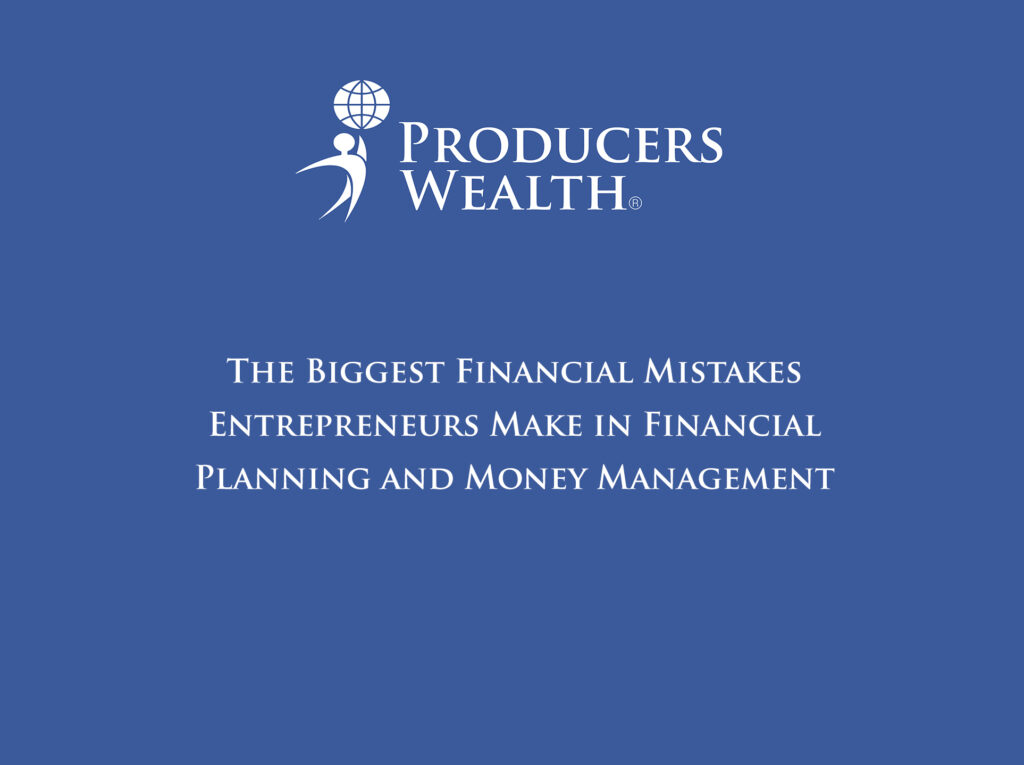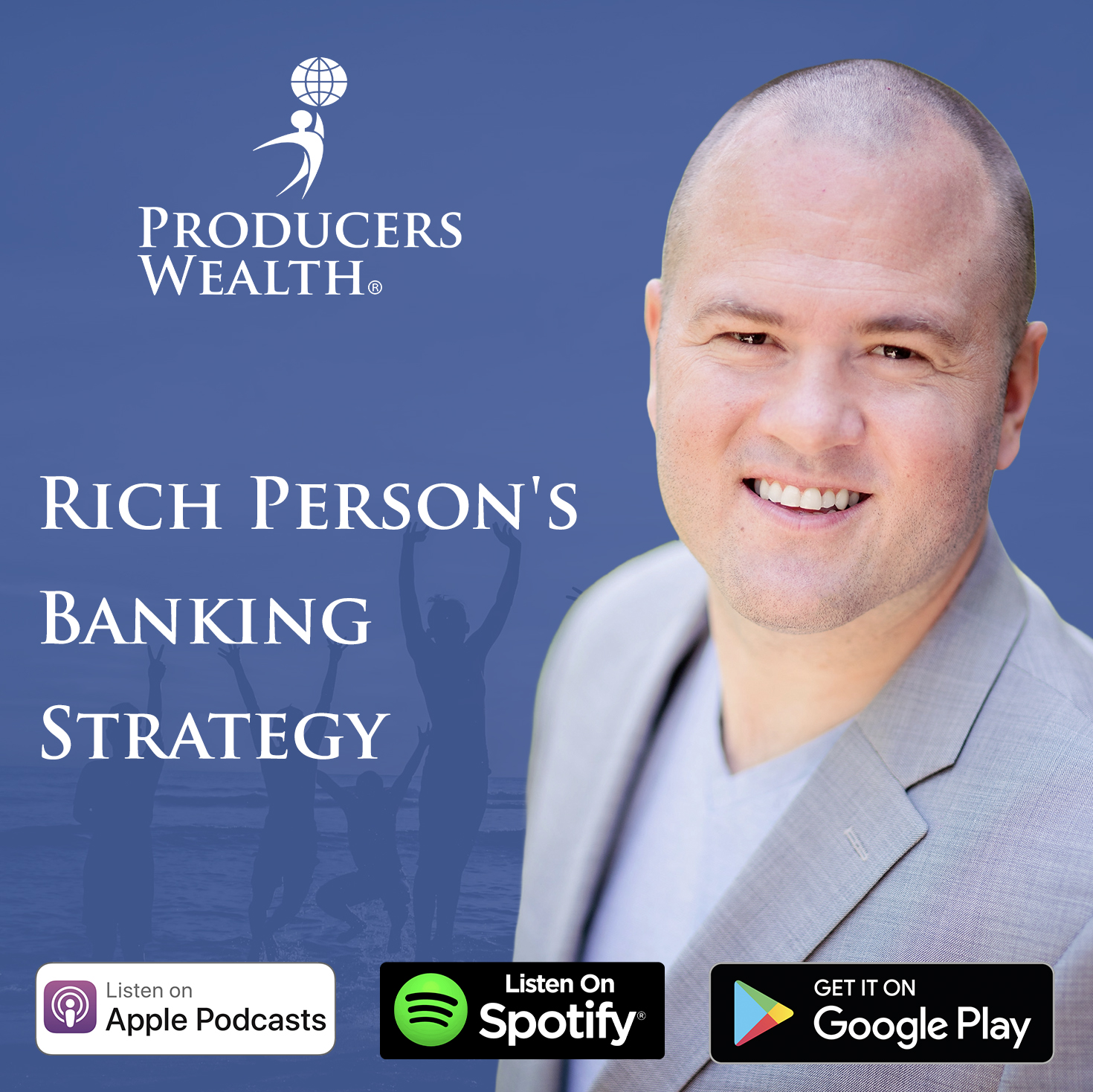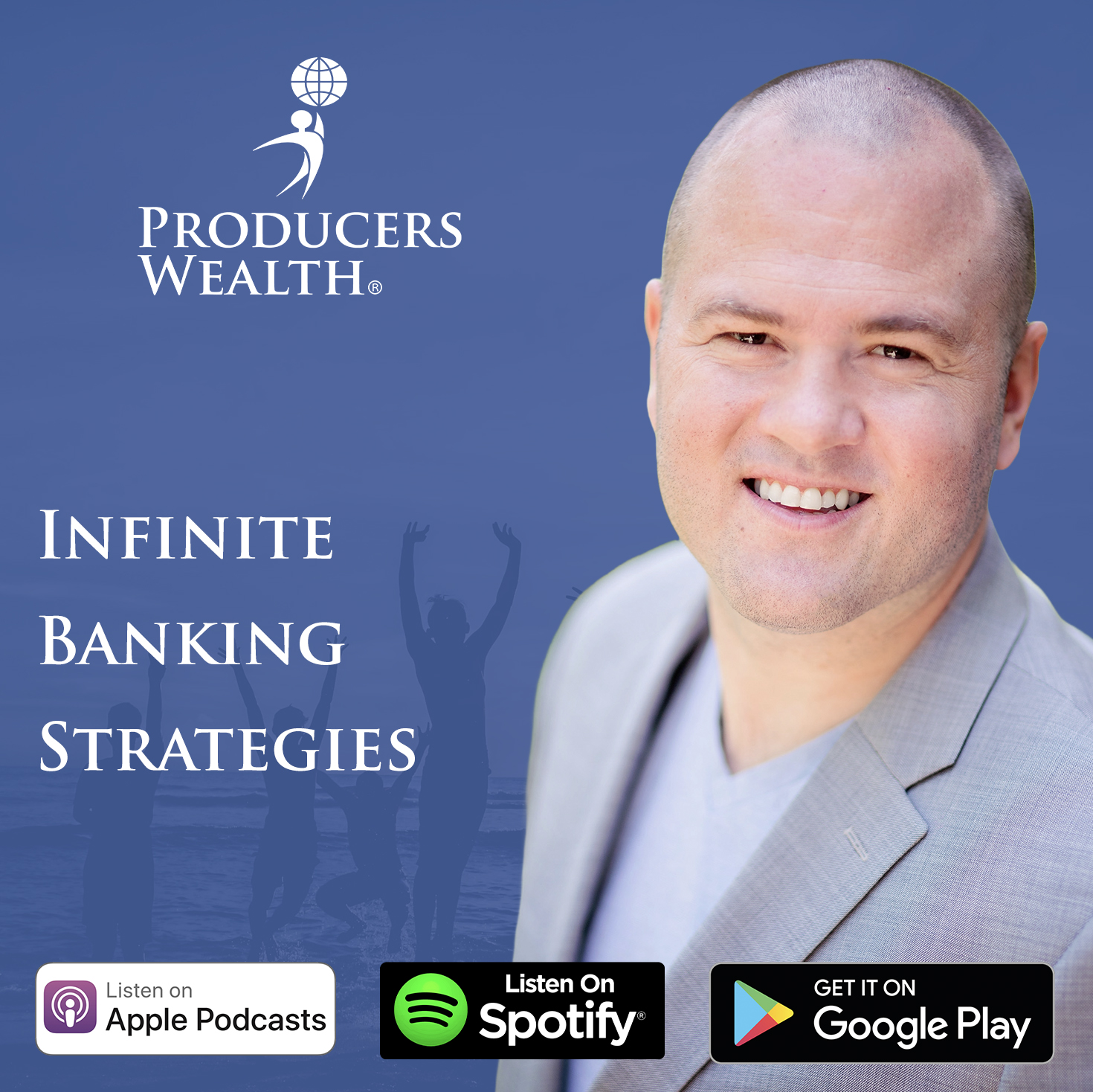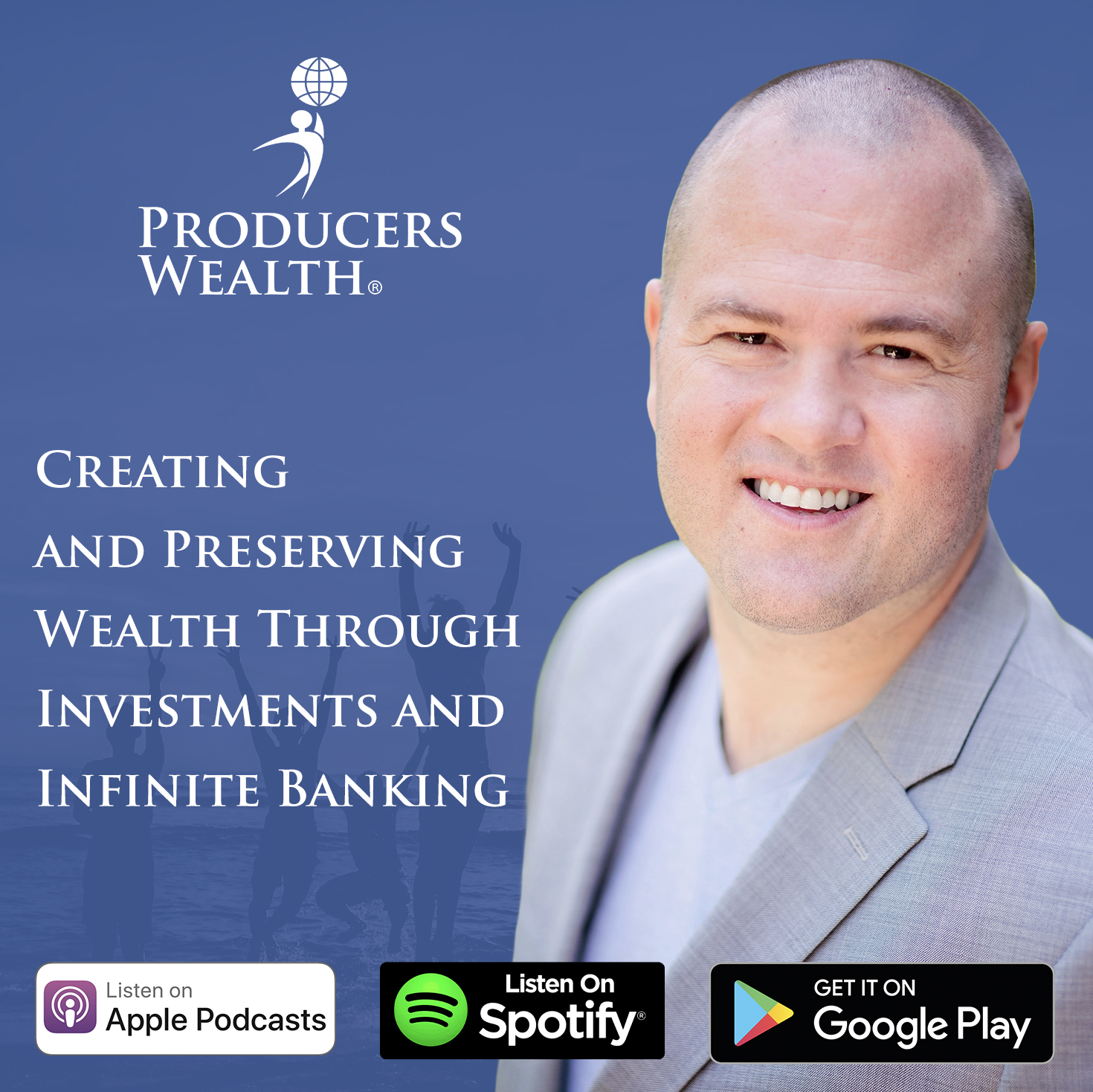
When entrepreneurs embark on the journey of starting a business, they’re betting on themselves. For those who didn’t come from a wealthy family, this means bootstrapping the business and pouring in all available resources—time, energy, and finances. You invest your blood, sweat, and tears, going all in.
At that stage, if you were to look at your financial statement, you’d see a picture that isn’t very flattering. On paper, you look broke because every dollar you have is invested in growing your business. No financial advisor, tax consultant, or legal professional will take you seriously because, to them, you’re just another risk. And, of course, banks won’t touch you either. They tend to lend money when you don’t need it, but when you’re desperate, suddenly, you’re not worthy of credit.
Sound familiar?
But eventually, after long days and sleepless nights, your business starts to take off. It survives, becomes profitable, and grows. You keep reinvesting your profits, fueling that growth. Now, you’ve become successful. Friends and relatives who didn’t see your hustle behind the scenes might think you got lucky. At this point, you’ve got financial, tax, and legal advisors lining up, and banks are finally calling, offering you reviews of your accounts.
Here’s where it gets tricky. This is the point where your financial advisor tells you, “You’ve done great—now it’s time to diversify. Let me help you invest in stocks, bonds, mutual funds, and ETFs.”
But here’s the problem: what just happened? Instead of using the profits from your business to reinvest in new technologies, expand your team, or scale your operations, you’ve just handed your hard-earned capital over to other businesses by buying their stocks.
Look, I love Apple. I’m a huge fan of Steve Jobs, and I use Apple products daily. But Apple doesn’t need my money to grow—my business does! By taking money out of your business to invest in others, you’re starving your own growth while feeding theirs. Does that make sense? Predictably, entrepreneurs who do this hit a plateau. Their businesses stop growing as rapidly because they’re no longer investing where it matters most: in themselves.
The biggest and best return you’ll ever see as an entrepreneur is from reinvesting in your own business, not someone else’s. A measly 8% return in the stock market might be good enough for the average investor, but we’re not here to play an average game.
The Real Financial Challenges Entrepreneurs Face
When entrepreneurs shift their focus and funds outside their business into stocks, bonds, mutual funds, and ETFs, they lose access to that capital. And when the business needs money to incorporate new technologies or hire additional employees, they’re now reliant on banks for loans or lines of credit.
Another significant challenge entrepreneurs face is cash flow management. Every business has cash flow seasons—Summer is your highest revenue month, and Winter is your lowest. Every entrepreneur knows their high season. For me, it’s May. The opposite, Winter, for me, is August.
During both the Summer and Winter seasons, your overhead remains constant. Rent, payroll, software subscriptions—these expenses don’t change month to month. The problem arises when you don’t have the same level of access to capital during your lowest revenue months. That’s when you end up knocking on the doors of banks, asking for loans or lines of credit.
The Four Cash Flow Seasons of a Business
Every entrepreneur can relate to the cyclical nature of business revenue. During the Summer season, your business is crushing it, raking in high revenues. Then, as Fall approaches, things slow down, leading to the Winter season—your lowest revenue months.
To survive through Fall and Winter, you need access to cash to cover overheads. By Spring, you’re investing in new products, services, and marketing campaigns that lead to another Summer boom. The key to surviving and thriving in all four seasons is managing cash flow. Unfortunately, most entrepreneurs rely on banks for financing, which puts them at the mercy of interest rates and borrowing terms.
Where Entrepreneurs Get the Biggest Returns
The most significant returns are always in your own business. It’s not even close.
Let me give you an example. I had a client who sells coaching packages online. When the world shut down in March 2020, many business owners panicked and stopped marketing. My client, however, took $100,000 from his cash reserves and ran paid ads. That $100,000 generated $1.25 million in sales. That’s a return of 1,150%.
These kinds of returns aren’t uncommon when you invest in your own business.
Let’s talk about hiring employees. A common rule of thumb for many businesses is to aim for a return of 3 to 5 times an employee’s salary. So, if you invest $100,000 in hiring an employee, that should generate $300,000 to $500,000 in return. A 300% to 500% return is far beyond anything the stock market can offer you.
Where Should Entrepreneurs Warehouse Their Cash?
The best place for a business owner to park cash is in a vehicle that offers guaranteed access for managing cash flow and financing growth. This rules out traditional qualified plans like 401Ks, IRAs, and Roth IRAs. These are some of the worst places for business owners to put their money when they need liquidity.
When looking at options, you’ll come across banks, bonds, and life insurance.
Let’s start with banks. Since the collapse of Silicon Valley Bank, we’ve seen a string of failures—seven banks have gone under, 11 banks had their ratings downgraded, and others are under review for potential downgrades. The FDIC has publicly admitted that it only holds 2% of the cash reserves required to insure deposits. In 2020, the Federal Reserve reduced reserve requirements for banks to zero. That means it’s risky to warehouse large amounts of cash in banks.
Then, there are bonds. When interest rates rise, bond values plummet. So, when banks experience a run, like what happened to Silicon Valley Bank, they go under. Bonds aren’t a safe bet either because the institutions backing them—whether it’s local governments, municipalities, or even nations—are insolvent.
The third option, which many entrepreneurs and business owners don’t know about, is life insurance.
For over 170 years in the U.S., the ultra-wealthy have been using life insurance policies, specifically designed with mutual life insurance carriers, as a place to warehouse cash. Mutual life insurance carriers have been consistently profitable, even during the Great Depression and recessions. The Rockefellers have been using these policies for generations, and so have other well-known entrepreneurs like Ray Kroc, who used his life insurance policy to fund payroll and expand McDonald’s real estate empire. Walt Disney also used his policy to finance Disneyland.
This isn’t a new strategy—it’s just one that few people know about.
Why Life Insurance is Misunderstood
Most people think of life insurance as something you buy, hoping never to use, or something that only benefits someone when you die. And yes, the industry has its share of sleazy promoters and critics, but life insurance—specifically designed as a high-early-cash-value vehicle—offers a powerful financial tool.
In *Get Wealthy For Sure*, I break down how life insurance policies designed with mutual life insurance carriers allow business owners to grow wealth predictably. Your money never loses value, grows tax-free, and you receive dividends. You can access the cash through policy loans, meaning your money continues to grow while you leverage it to finance your business.
I had a client who borrowed $100,000 from his policy at 6%. That $100,000 helped generate $1.25 million in revenue. Not only was his cash still growing tax-free inside the policy, but he also earned 6% dividends while using the money to generate a 1,150% return.
This is what the wealthiest individuals do—they use their money to work in multiple places at once. Besides making themselves the bank, business owners can also pull tax-free income from these policies during retirement. When they sell their businesses, they walk away with millions in tax-free life insurance benefits and the proceeds from the sale.
This is why I call it the #1 financial strategy for business owners who want to multiply wealth predictably.
A Framework for Entrepreneurs’ Financial Strategy
When creating a financial strategy, entrepreneurs should focus on five key areas:
1. Earning income tax-efficiently.
2. Positioning cash profits in a tax-efficient way.
3. Deploying capital effectively back into the business.
4. Setting up tax, legal, and insurance structures for protection.
5. Establishing contingency plans for family and business.
Your business should generate tax-efficient income, position cash in life insurance for tax efficiency, and deploy capital efficiently for growth. Having the proper structures in place will allow you to answer critical questions with clarity:
– What happens to my family and business if I pass away or become disabled?
– Where will I get the money to manage cash flow and finance growth?
– How will I finance my retirement?
Entrepreneurs, don’t starve your business while feeding others. Put your cash where you can access it, protect it, and use it to grow. There’s no such thing as “get rich quick,” but there is Get Wealthy For Sure!
Disclaimer and Waiver
Michiel Laubscher & Laubscher Wealth Management LLC is not an investment advisor and is not licensed to sell securities. None of the information provided is intended as investment, tax, accounting, or legal advice, as an offer or solicitation of an offer to buy or sell, or as an endorsement, of any company, security, fund, or other offerings. The information should not be relied upon for purposes of transacting securities or other investments. Your use of the information contained herein is at your own risk. The content is provided ‘as is’ and without warranties, either expressed or implied. Michiel Laubscher & Laubscher Wealth Management LLC does not promise or guarantee any income or specific result from using the information contained herein and is not liable for any loss or damage caused by your reliance on the information contained herein. Always seek the advice of professionals, as appropriate, regarding the evaluation of any specific information, opinion, or other content.





